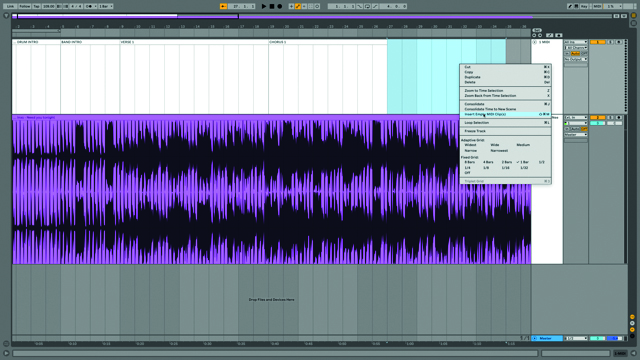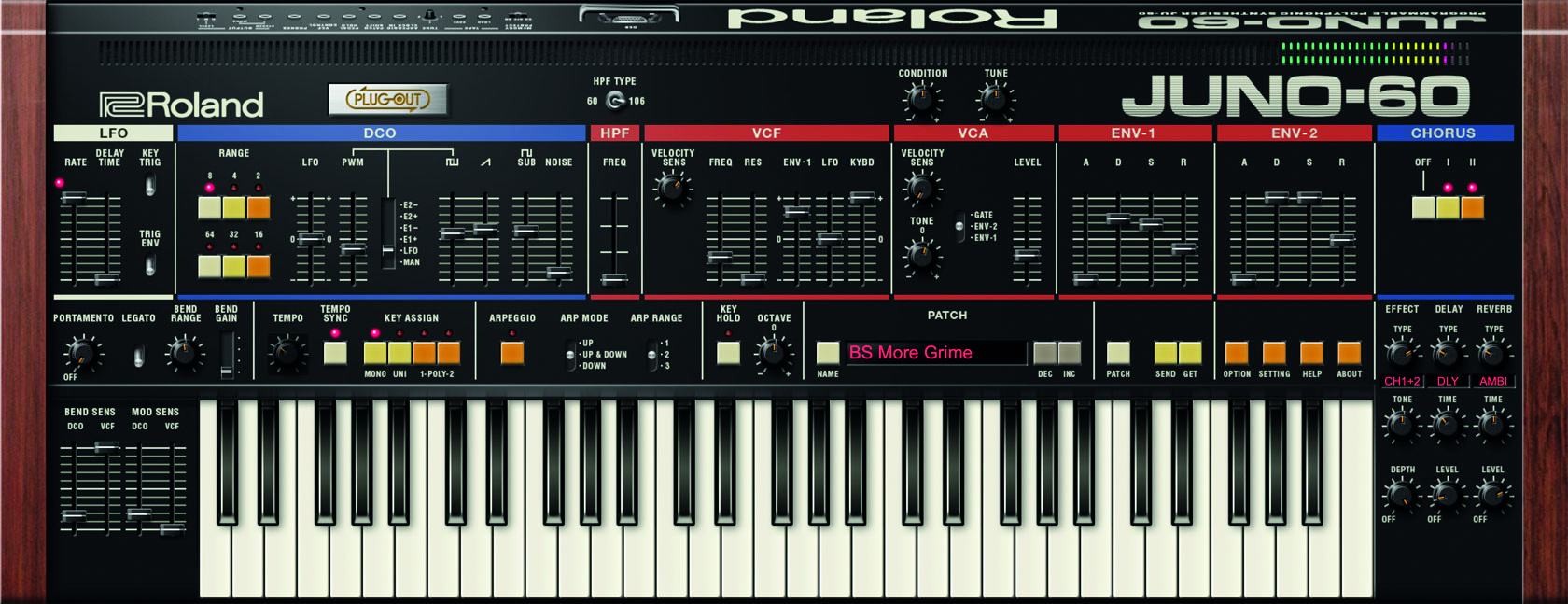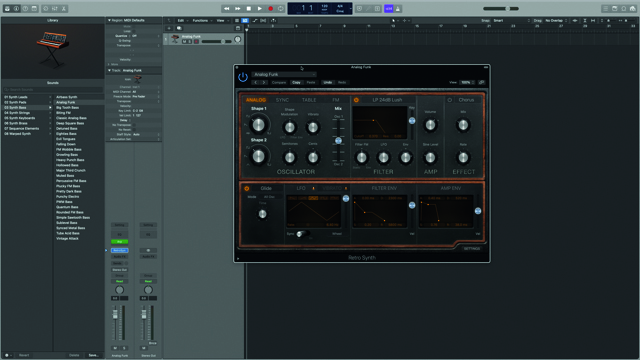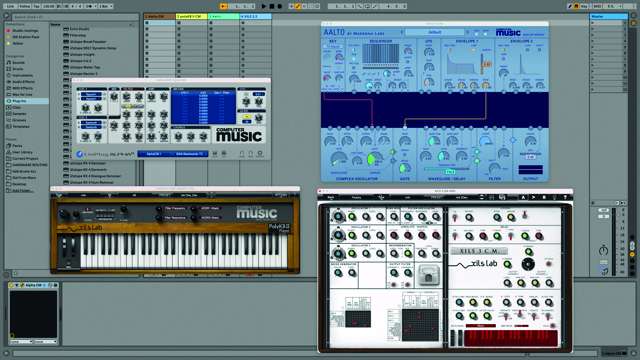How The Weeknd created an authentic '80s sound in Blinding Lights
We unveil some of the influences behind the mega-hit and explore how you might recreate its '80s-inspired sound

The 1980s has provided a rich seam of inspiration for contemporary artists, whether it involves the songwriting styles, the instrumentation, or the production techniques.
Sometimes it’s the full package, and the resulting records sound like they could have been made then, while others integrate the sounds and styles into more modern techniques. You can purchase some of the original gear on your favourite auction site, or source plugins that’ll get you the same sounds with modern conveniences.
We’re looking at an artist whose work has dug deep and explored the potential of the 1980s: namely The Weeknd, who had the ultimate '80s-sounding hit with Blinding Lights. We’ll reveal a little of the influences behind the track (obvious and not so) and suggest some of the new ways that you can recreate its modern – or not so modern – sound.
Blinding Lights by The Weeknd, has been incredibly successful, spending over a year in the Billboard Top 10, and becoming the world’s best-performing single of 2020. Quite an achievement for an 80s throwback, although this isn’t the product of some guy in his bedroom: there are big hitters involved.
The song was written by a team, including The Weeknd himself (aka Abel Makkonen Tesfaye), with Max Martin, Oscar Holter, Ahmad Balshe, and Jason Quenneville. Max Martin has been writing and producing hits since the mid 1990s – he clearly has a better-than-most handle on how pop music works!
Blinding Lights is an acknowledged '80s-style piece, and there’s nothing wrong with that. Listeners have identified many influential source songs in this one, where stylistic touches have been borrowed, without any downright plagiarism taking place. Have a listen to Rod Stewart’s Young Turks or Laura Branigan’s Self Control, for example.
There’s nothing wrong with imitating songs that have inspired you, or that represent a particular time period that you want to bring to mind; it can be very effective. This can be represented by the lyrics, the arrangement, choice of instrumentation, and of course the effects and production techniques.
Get the MusicRadar Newsletter
Want all the hottest music and gear news, reviews, deals, features and more, direct to your inbox? Sign up here.
Yes, you could go all-out and just sample a favourite song from the 1980s; if nothing else, it’s a good way to study and map out arrangements, as you can see here. But other than that beware - it might get you in trouble with sample clearance and copyright later.
Some 80s-inspired contemporary pop songs, such as Dua Lipa’s Break My Heart, borrow material directly from the tracks that influenced them. Break My Heart openly relates back to INXS’s Need You Tonight, and properly credits the original writers, whereas Blinding Lights is more about drawing on multiple sources, instead of one reference tune, and combining those with original music and lyrics to create a certain 1980s mood.

The drums on Blinding Lights are a big part of the vibe. We’re not sure what machine was used, we think possibly a hybrid of LinnDrum and Roland 808 sounds. You can’t go wrong with those. You can get those samples from the KB Drum Sample Library that we mentioned in our tutorial on building an '80s kit in your DAW.
Putting beats aside, putting vocals aside, the dominant instrument on Blinding Lights is the synthesiser, especially the main melodic hook. From our research, most experts agree that this is the sound of the Roland Juno-60, an archetypal '80s synth which can be glimpsed in some of The Weeknd’s videos.

Play anything – anything – on a Juno-60 and it takes you back to the 1980s – this was a hugely popular instrument, used by artists such as Vince Clarke, Howard Jones, Nick Kershaw, Eurythmics, and A Flock Of Seagulls, to name a few – all the usual synth pop names are present!

If you haven’t got an original Juno-60 hanging around (who does?), then you can use one of the plugins from Roland themselves, or Tal Software, or you can dig in to the analogue-style synths offered with your DAW software, such as Logic Pro X’s Retro Synth.

Ableton Live Suite users can call on the aptly-named Analog synth instrument, which has a decent set of presets, or the free Classic Synths Max For Live pack.

You’ll get further into the 1980s ballpark if you add some effects to these synths. They have their own built-in, which is preferable, but otherwise you should explore the potential of adding the good old arpeggiator MIDI effect before the instrument, and delay afterwards.
Computer Music magazine is the world’s best selling publication dedicated solely to making great music with your Mac or PC computer. Each issue it brings its lucky readers the best in cutting-edge tutorials, need-to-know, expert software reviews and even all the tools you actually need to make great music today, courtesy of our legendary CM Plugin Suite.
“The included sample content is not only unique but sonically amazing, as it always was”: Spitfire Audio BBC Radiophonic Workshop review
“We were able to fire up a bass sound that was indistinguishable from the flavour of New Order’s Blue Monday in seconds”: EastWest Sounds Iconic review










